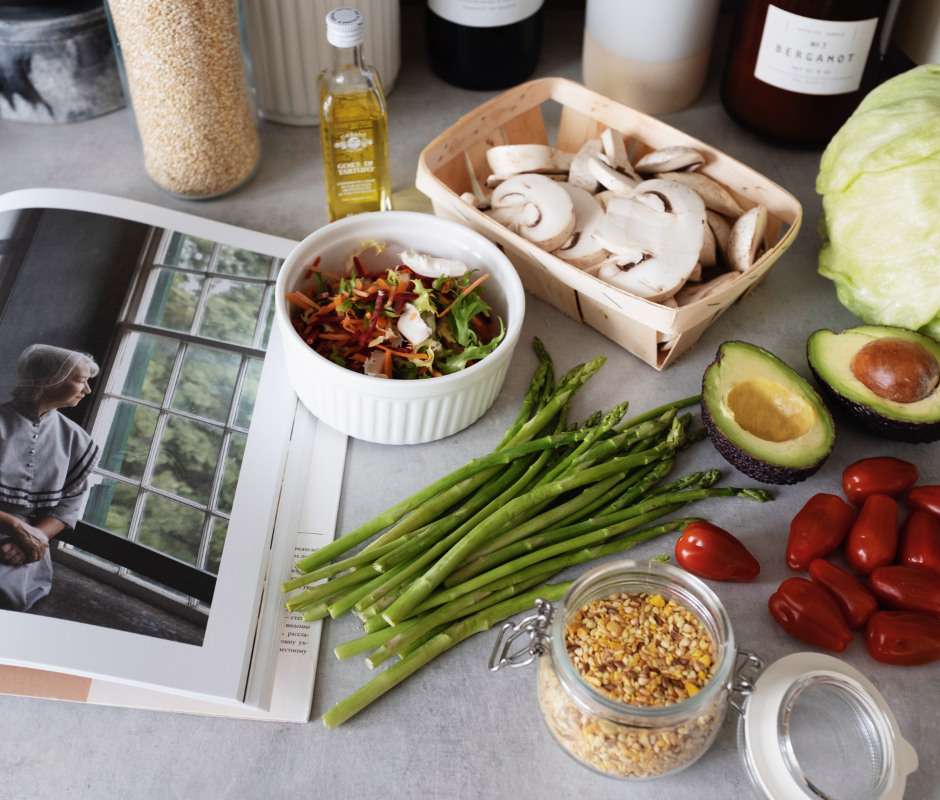7 Reasons for the Resurgence of the Apron
- lchaimgifts

- Dec 20, 2020
- 3 min read
For centuries, aprons have signified a cozy kitchen and enough food for everyone. This uniform of the American housewife could be plain and practical, fun themed and kitschy, or sheer and ruffled for dress or hostess duties. Post-war WWII family values made the apron the symbol of home, family, mother, wife, and apple pie ideals.
Though aprons had long been popular, the late 1940s saw the apron become the icon of the American housewife as a domestic goddess. After the horrors of World War II, a simple, well run home with an intact family seemed like paradise. Moreover, the apron was traditionally viewed as an essential garment for anyone doing housework. And, aprons have remained a staple of the workplace as a means of protecting garments. Also, they’ve long been worn as work uniforms in the food trades and in the arts— as well as by hairdressers and barbers.
As sewing machines and cloth became available post-war, aprons — both commercial and homemade — became the uniform of the professional housewife. Mass-produced aprons featured kitchen themes, the fabric printed with pots and pans; spoons; toasters; and other kitchen items. Homemade aprons were a popular use of fabric remnants and decorated with ruffles, rick-rack, (oy, remember rick rack), trim, or handkerchief pockets that made welcome gifts or sale items at local bazaars. Magazines from the 1940s and 50s featured apron-adorned women in nearly every advertisement related to housework or cooking.
The 1950s brought out the half-aprons of highly starched cotton, feedback, and for special occasions, sheer fabric trimmed with lace. Many 1950s aprons were decorated with sewing, cleaning, cooking, and "mom” themes. Husbands in the 1950s often sported bib aprons for barbecues on the weekends, often with written statements about Dad's grilling talents.
But that all changed in the 1960s with 3 things: the feminist movement, cheaper clothes, and washing machines which made aprons less common in Western countries such as the United States. As the feminist movement gained traction in the late 1960s, the idealization of housework fell out of favor. In the late 1960s, the very idea of being a housewife seemed dull and ordinary as women reached outside the home for fulfillment and financial reward.
Aprons were suddenly viewed as old fashioned garments worn only by bubbies and conservative weirdos. In response, most people chose not to wear an apron when they did their work, or they wore bib aprons that were less stereotypically feminine, sometimes with ironic or sarcastic statements written on them.
However, more recently the apron has enjoyed increasing popularity in terms of both women and men now wearing them when performing household chores thanks to a few modern cultural factors:
With the popularity of the DIY movement today, there is no negative social stigma associated with doing one’s own chores (such as cooking and cleaning) or pursuing messy hobbies or careers such as styling, gardening, or painting.
The slow food and foodie movements have inspired people to cook for pleasure and not as an act of servitude. These maker movements glorify the process of creating and behind the scenes making of things.
The increased popularity of cooking and the back to the kitchen movement brought aprons as cooking accessories back in a big way. Between cooking shows, local growing, and a new appreciation for quality meals made from scratch, the apron is once again used for practical reasons. Full aprons with extra-long ties (that go around the back and tie at the front) have gained popularity.
The rise of the craft movement has created an interest in handmade aprons, both full and half aprons. Once again, homemade aprons show up at local bazaars and are popular sale items on Internet craft sites like Etsy.
An interest in retro fashions and the vintage look has induced young women to take an interest in old fashioned style aprons. Pattern companies offer new versions and reprinted versions of vintage styles.
As the popularity of the apron has increased to the mainstream, fashionable retailers like Anthropologie offer beautifully-made aprons, often created by combining several different and often unusual fabrics with whimsical embellishments.
The apron has been around for a long time and has seen many popular moments in history. Most of us have several — for cooking, for craftwork, or for holidays. They are, and will probably remain practical and sentimental favorites — especially with warm and funny Yiddish expressions and heimish Jewish food references!



Comments